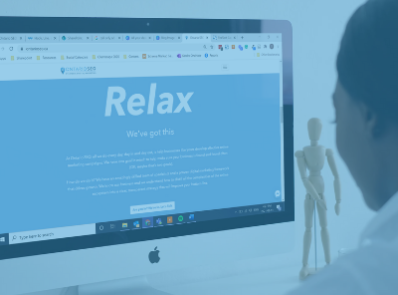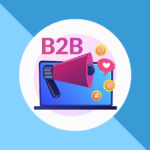Every marketing expert knows that a call-to-action that inspires users to act is an absolute must when crafting digital ads and a content marketing strategy. Yet so many of these self-proclaimed experts fail time and time again to get users to take the intended action. You need to think outside of the box and start persuading potential customers to take an action, rather than throwing the same regurgitated CTAs in their faces.
A great call-to-action comes in many forms. It should leave something to be desired, make a potential customer feel like they are missing out, and inspire users to choose your brand over the competition.
If you think your boring call-to-actions are effective, think again. You could be missing out on leads, newsletter signups and demo requests all because you missed the mark on your less than impressive call-to-action. It is time to re-think your CTA strategy. Find out what makes a great call-to-action and start leveraging these tips to gain more actions, conversions, and revenue.
What Makes a Great Call-to-action?
Ensure You Can Solve Your Customers Problems
Before we skip ahead to the elements of a great call-to-action, we need to address the obvious. Is your website content engaging? Does it answer your target audience’s questions, provide solutions, and move them down the sales funnel? If you haven’t fulfilled the needs of your customers with your content, then you have already failed to inspire them to act.
Start with the opportunity or problem that your potential customer may face and outline how your company solves that problem or provides a solution to them. If you can’t provide these solutions or answer these questions, your call-to-action won’t land. With a solid foundation of good content, you can provide users the information that moves them from the research phase to the action phase of your sales funnel.
Be Clear on the Desired Customer Action
Be clear on what you want users to do. This may sound simple, but we’ve seen so many calls-to-action that simply miss the mark on delivering what the customer needs. Put yourself in the user’s shoes. You have provided them solutions to their problems, so be clear about what step you want them to take next.
Establish a Bond with Your Customers
After all, this is about your customer and what you can do to make their lives easier. You need to get on their level, not vice versa. Work to build a relationship with them and their needs, what drives them, what motivates them, and make them believe that you are the company or person to solve their problems.
Bring this value to your customers through your content marketing strategy. Creating valuable content to solve your customers problems can go a long way in fostering brand loyalty. Consider blog posts, downloadable e-books, and support articles to instill trust, credibility, and a long-lasting relationship with your customers. If you focus on quality content, customers may share it with their networks, resulting in more qualified traffic and potentially a boost in conversion rates.
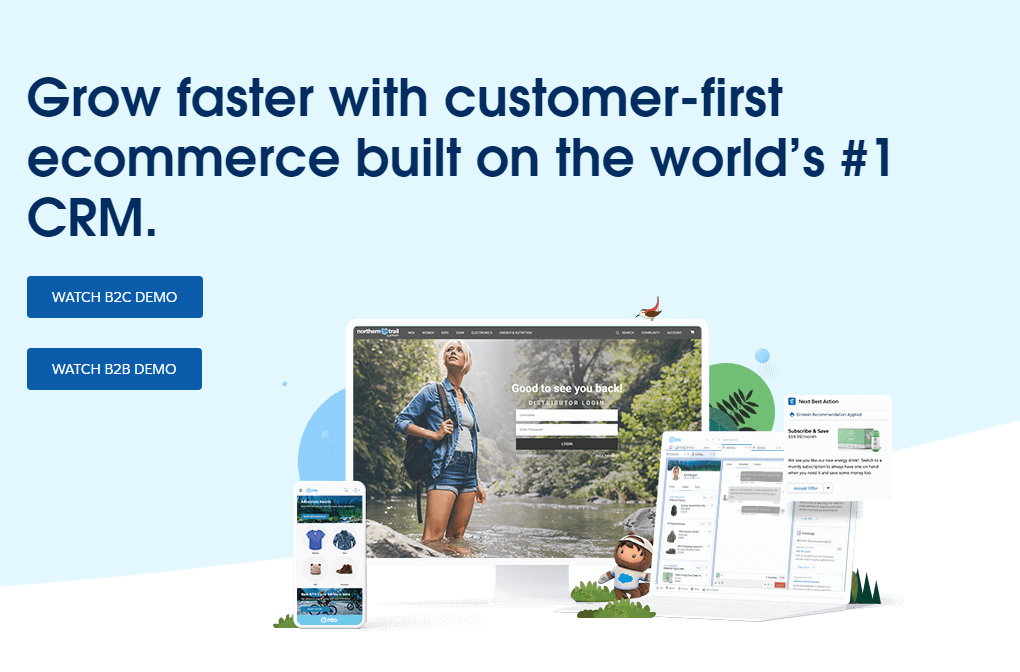
How Long Should a Call-to-Action Be?
You’ve probably heard that a CTA should be short, concise, and to the point. While we love a good CTA that gets the point across quickly and effectively, don’t restrict yourself from using a longer call-to-action if you feel it is warranted.
Think less about the length of your call-to-action and instead focus on how you can best persuade your target market to take the desired action.
Tips to Write Your Best Call-to-Action
Becoming an expert at writing CTAs should be a walk in the park if you know how you solve your customers problems. We’ve shared some tips on how you can increase conversion rates on your CTAs using some of the most tried and true strategies.
Use Action-Oriented Calls to Action
Start your call-to-action with an action-oriented word/verb. Get creative with this. We have seen so many examples of marketers using “click here” or “subscribe” which don’t necessarily persuade a user to commit. Below are some examples of verbs you can use to kick off your CTA:
- Start
- Join
- Learn
- Discover
- Find
- Save
- Get
- Download
- Grow
- Try
- Act
Emotional Appeal
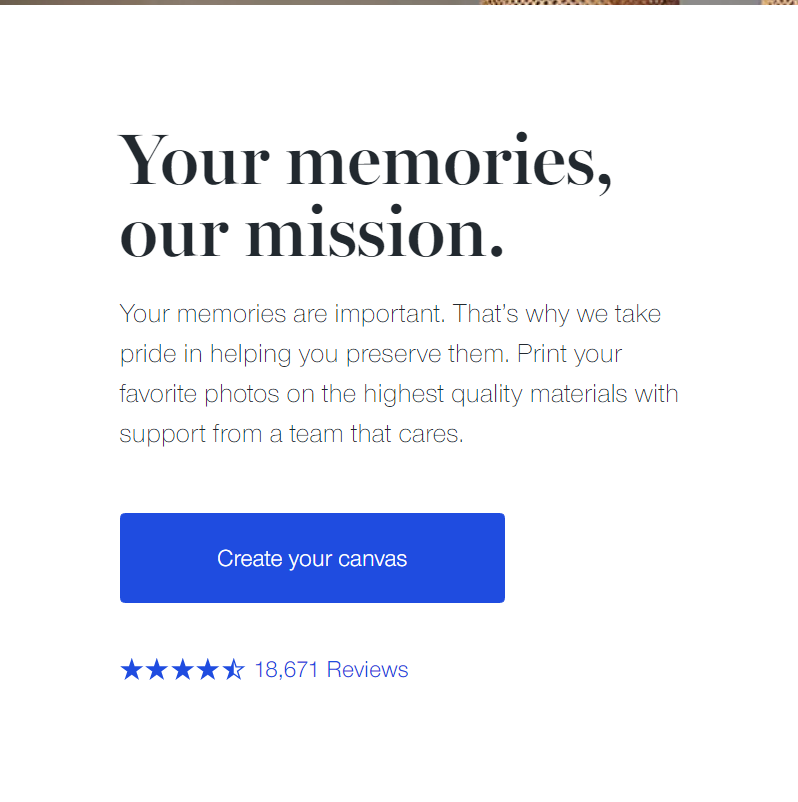
When writing copy to inspire users to act, consider testing one of the below tactics:
- Connect to the problem you are solving for your target audience by leveraging a specific emotion they are likely feeling towards the problem or opportunity.
- Use urgency or exclusivity to persuade the user to act now rather than later. Use phrases like “don’t wait,” “limited supply” or “exclusive access” to instill a sense of hurriedness to get in touch with your company.
- Guilt tactics can be used in a call-to-action to make users feel guilty about not taking the desired action. This is seen commonly with non-profits on “donate” CTAs.
- Take advantage of FOMO when crafting your calls-to-action. Fear of missing out is a highly effective strategy to get users thinking about what they are losing out on. When people think they are missing an opportunity that may not last, they’ll be quicker to take action.
Tailor Your CTA to Different Devices
You should also consider the type of device your target audience uses most often. User behaviour can be vastly different from one type of device to the next. Users in the research phase of the sales funnel tend to do research on their mobile devices looking for instant results, whereas desktop and tablet usage is typically where thorough decision making and transactions happen.
When it comes to digital ads, consider creating specific ads to appear on mobile devices. Taking advantage of Google Search features such as location extensions or click-to-call functions can make the world of a difference to your conversion rates.
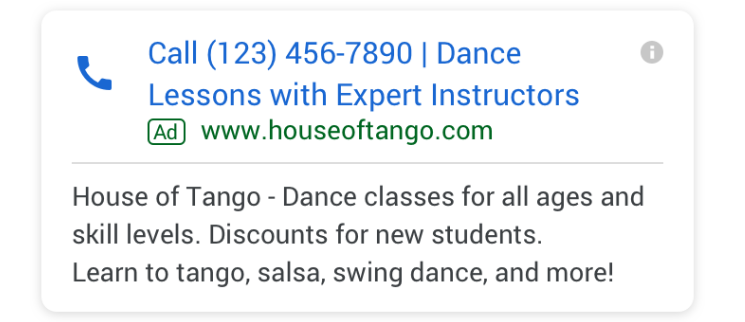
Use Figures or Percentages
Using pricing and percentages in your CTAs can help to generate higher-quality traffic to your website. The more information you can provide to a user before they take the intended action, you can consider those who do act to be high-quality users with real purchase intent.

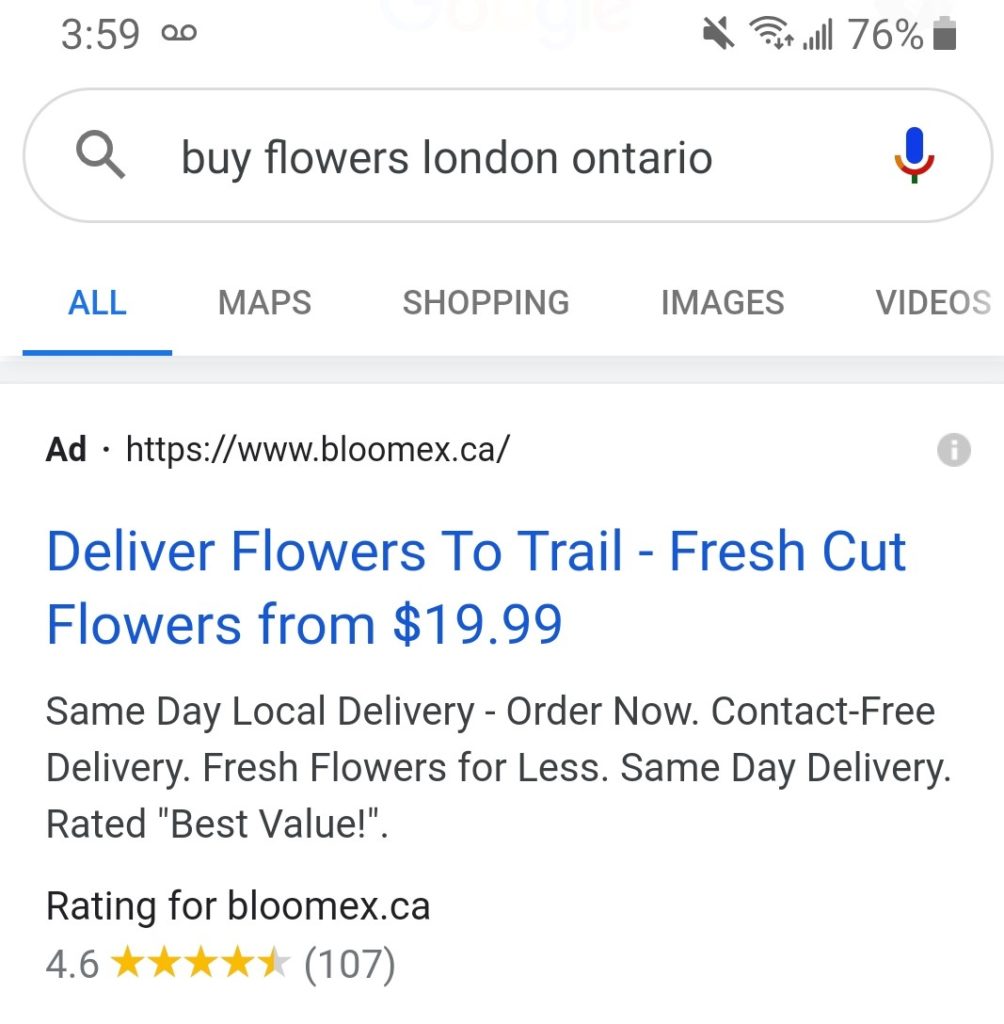
Stay True to Your Brand
Although we love to use some of the above strategies in our own calls-to-action, it’s crucial to remain true to your brand personality and tone. If you veer too far from what users expect from your company, you risk losing them altogether.
CTAs You Can’t Help but Click
If you’re still stuck on how to craft a conversion-worthy CTA, it’s probably best to leave it to the experts. Our in-house copywriters will leverage your brand personality to develop a CTA your customers can’t help but click.

